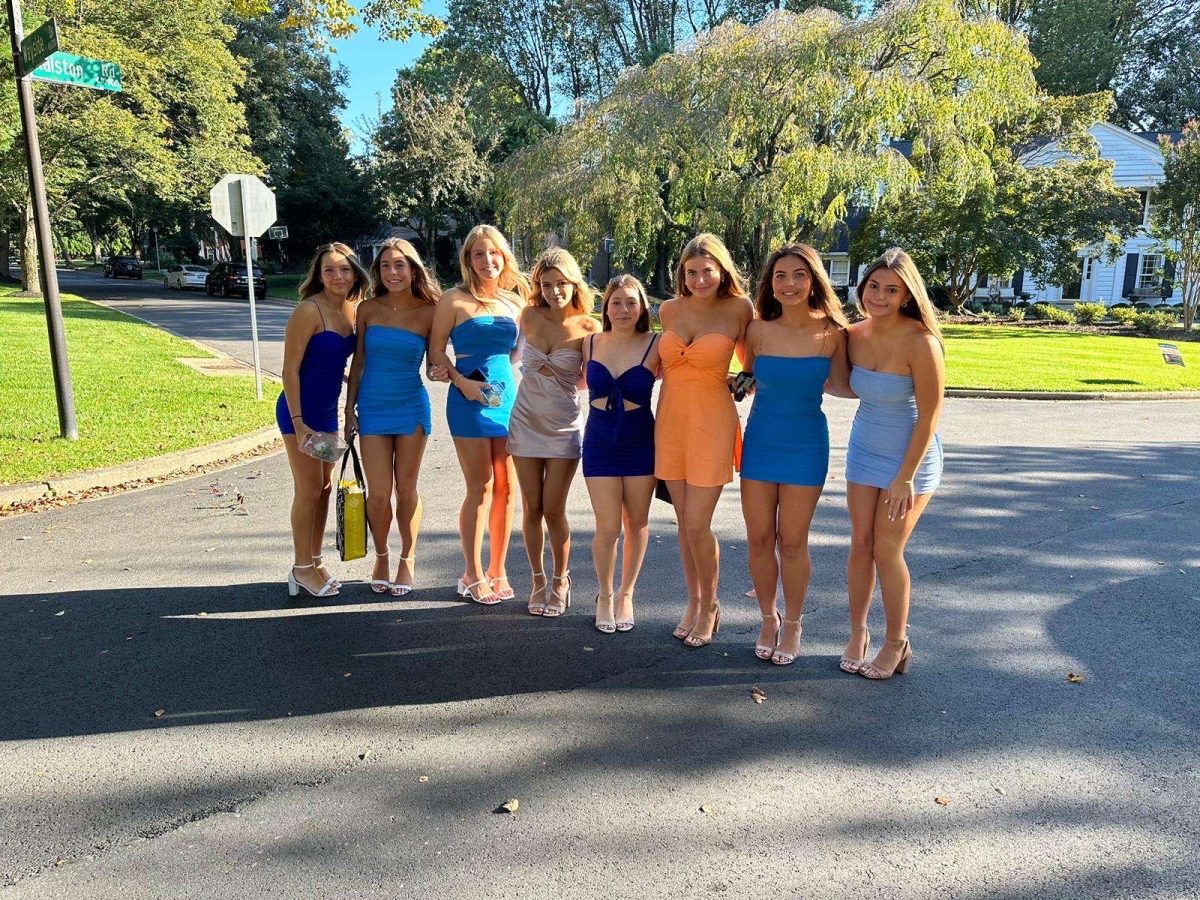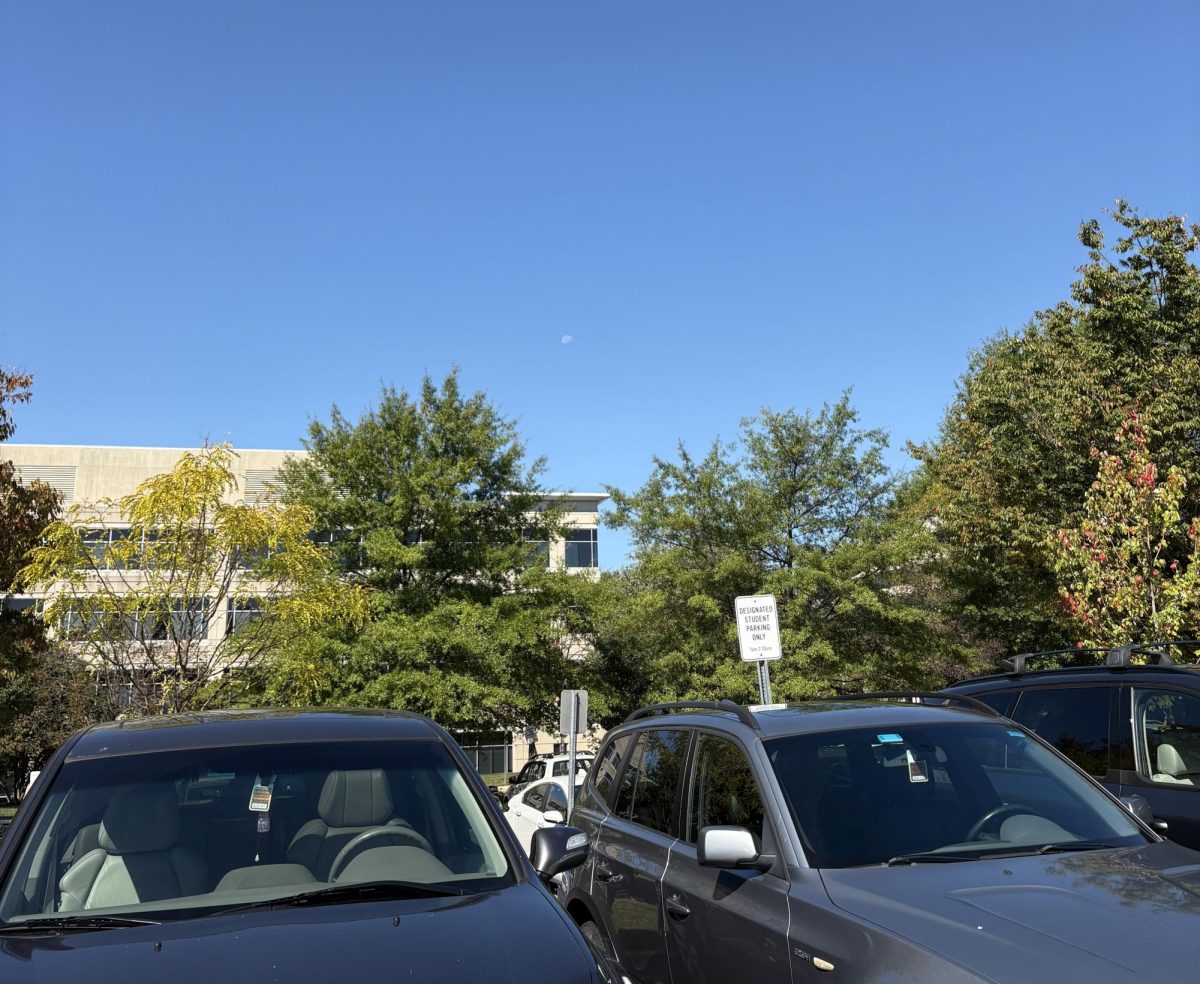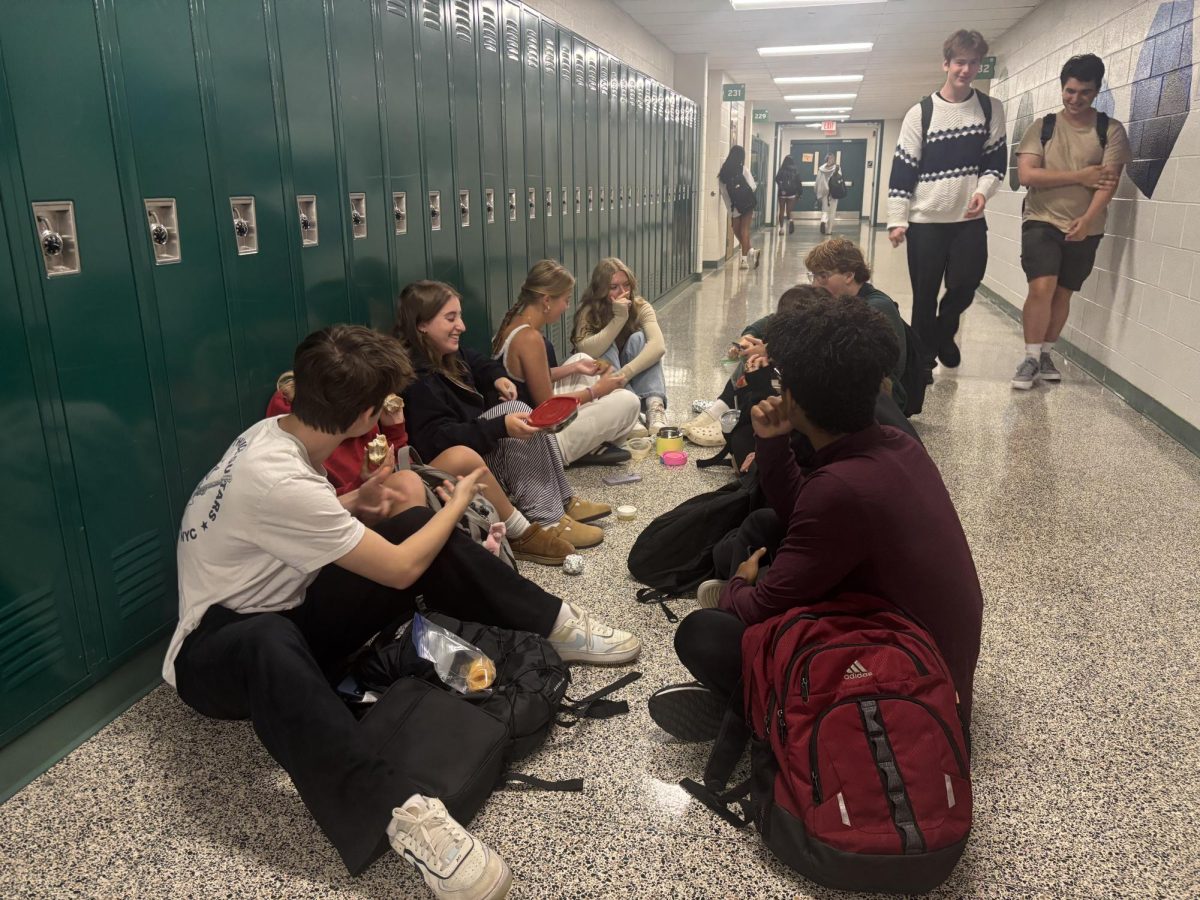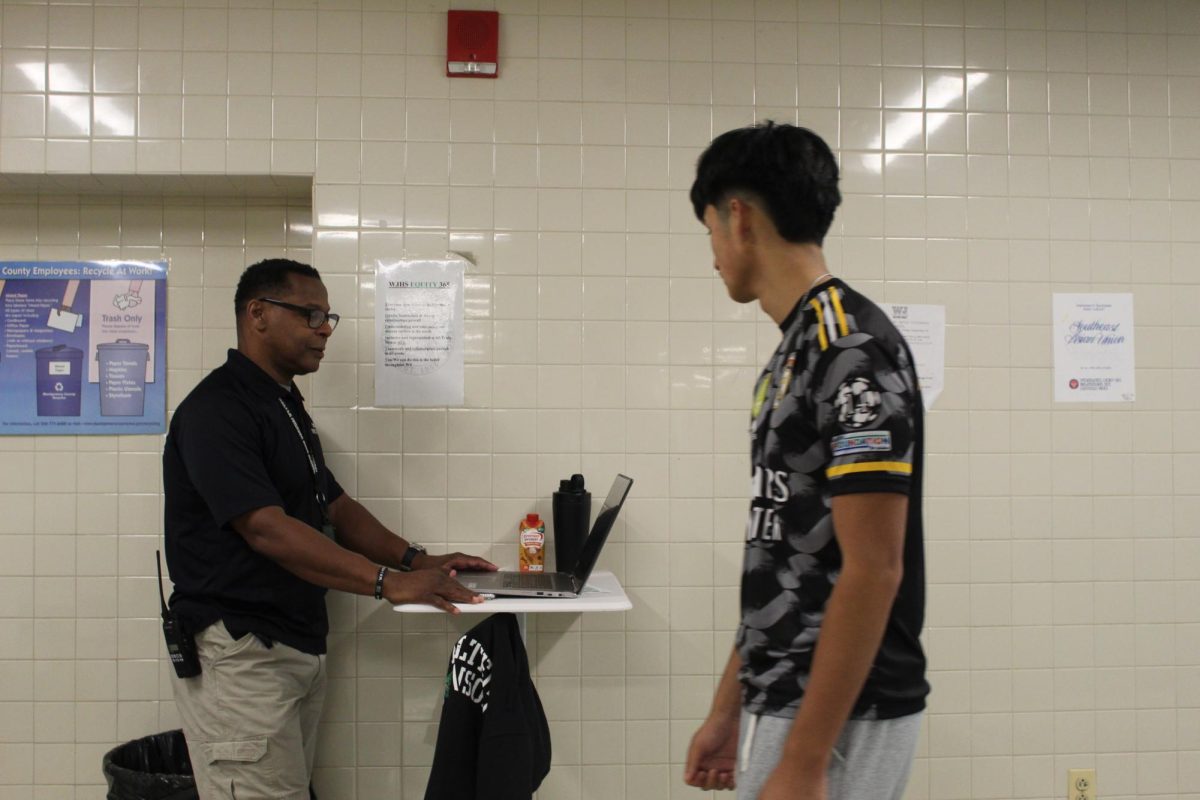In June, the U.S. Supreme Court effectively ended race-conscious admission in colleges and universities across the nation, in a case involving Harvard University and the University of North Carolina.
I happen to be pro-affirmative action, but for many in the Asian community, the result of this case was seen as a win. The years of top universities rating us lower on personality traits are over, in theory. But the deeper cutting effects of this decision have yet to be acknowledged by this community. Even more troubling is the fact that we continue to be swayed by a narrative that uses us as pawns in an initiative that creates division between Asian-Americans and the African-American and Hispanic/Latino communities.
In 1960, Asian people accounted for less than 1% of the American population (about 980,000 people). Twenty years later, this figure jumped to 1.5% (3,500,000), and in 2000, that number rose just above 4% (11,900,000). The influx of Asian immigrants was in some ways a byproduct of the work done by the African-American community in the civil rights movement. Following the Civil Rights Act of 1964, in which discrimination based on race, color, religion, sex and national origin was outlawed, the Immigration Act was set into place by then president Lyndon B. Johnson in 1965. Dating all the way back to 1869, Frederick Douglass spoke out against restrictions on Chinese immigration. Unbeknownst to most people, the Asian and African-American communities have been working harmoniously with each other for a long time.
But we have lost sight of this phenomenon, as the collaborative efforts of the two groups have been drowned out by many conservative politicians who have insisted on promoting the “model-minority” myth, among other things, to pit the two communities against each other.
This conservative siding with Asian-Americans is nothing new. The “model minority” myth originated in the 1960s, portraying Asian-Americans as individuals who garnered their success in America through hard work and obedience. Asian-Americans became the model used by white Americans to imply that other minorities could find the same success, hence the name.
This has continued into the 21st century, which brings us back to affirmative action. Students for Fair Admissions, the nonprofit organization that faced Harvard and the University of North Carolina in court, was founded by Edward Blum, a white, conservative, legal strategist. Before founding Student for Fair Admissions, Blum was one of the key voices behind Shelby v. Holder, a case that would ultimately wipe out critical protections in the Voting Rights Act for voters of color. After failing to get rid of affirmative action in Fisher v. University of Texas, Blum shifted his focus towards Asians. In a video from 2015 recorded by the Houston Chinese Alliance, Blum is heard saying that he “needed Asian plaintiffs.”
As you may be able to tell by now, the war against affirmative action isn’t something that the Asian-American community initiated, and it’s shameful that we were used as puppets in a fight to discriminate against other minorities disguised as a fight for equity. Is affirmative action a perfect system? No, it has its flaws and in some cases leads to questionable decisions and judgments in college admissions. But to remove it completely from college admissions is a substantial setback on the seemingly endless road to equality for marginalized groups in our nation. If the Asian community had truly felt strongly against affirmative action, we would have been the ones representing ourselves in these cases, instead of having someone like Edward Blum drive the narrative on our behalf.
In addition to the fact we’re inducing another impediment onto groups of people who are already underrepresented at top institutions, we’re also setting another precedent for our own community by not taking control of our own story. Asians are projected to be the largest immigrant group in the U.S. in the not so distant future, surpassing Hispanics. According to the Pew Research Center, Asians are expected to make up 36% of the immigrant population in the U.S. by 2055. As a growing community in the U.S., our opinions and actions will matter more, and choosing to passively favor a side that feels convenient for the moment won’t be enough.















